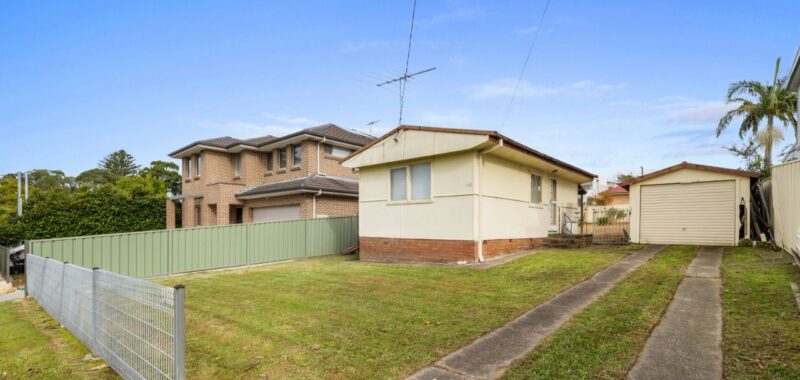A small fibro cottage in Sydney’s south recently sold for $1.5 million, but the property’s history is anything but ordinary.
At the centre of the tale is a legal battle over ownership, involving a complex claim of “squatter’s rights,” which is also known as adverse possession.
NSW Supreme Court Justice, Francois Kunc, examined decades of evidence and legal documents, some dating back to the 1830s, to unravel the mystery of how the Gymea Bay property changed hands without a formal sale, according to The Age.
The origins of the property dispute
The saga startsedwith Joseph Louis Saric, a Croatian migrant and ship’s engineer, who was the original owner of the one-bedroom cottage.
Mr Saric died of cancer in his mid-40s in 1968, leaving no will and having lost contact with his family.
With no apparent heirs, the ownership of his property was left in limbo.
Ross Paul, a nearby resident, took it upon himself to inform the authorities of Mr Saric’s death and arranged his funeral.
However, the nature of Mr Paul’s relationship with Mr Saric remains unclear, as noted by Justice Kunc.
Mr Saric died “without family and, perhaps, friends,” Justice Kunc stated.
Claiming ownership through adverse possession
After Mr Saric’s death, Mr Paul treated the cottage as his own.
He paid property taxes, handled utility bills, insured the home, and even rented it out from at least 1995.
Although there was no documentation proving Mr Paul’s possession of the property before 1995, Justice Kunc concluded that Mr Paul had assumed ownership from January 1, 1969.
Mr Paul’s actions, over nearly 50 years, demonstrated the requirements of adverse possession, where a person must occupy another’s land continuously, without secrecy, force, or permission, for a certain period.
In this case, older laws mandated a 20-year period, with a 40-year back-stop that ultimately extinguished any competing claims by Mr Saric’s heirs in 2009.
Legal resolution and property sale
Following Mr Paul’s death in 2018, the executor of his estate sought legal permission to sell the cottage, asserting that Mr Paul had rightfully acquired the property through adverse possession.
The court agreed, and the property was sold for almost $1.5 million in June 2024.
Justice Kunc found no evidence of any lease or agreement between Mr Paul and Mr Saric’s estate, solidifying Mr Paul’s legal claim.
“What has been proven is that Mr Paul arranged Mr Saric’s funeral and then treated Mr Saric’s fibro cottage at Gymea Bay as his for the next nearly 50 years until his own death,” Justice Kunc said.
Expert opinions on adverse possession
Sydney barrister Patricia Lane, a senior lecturer at the University of Sydney, explained the legal concept behind the case.
“The rights to land are based loosely on a concept of ‘use it, or lose it,’” she told The Age.
She noted that if the original owner fails to exercise their rights while someone else does, the occupier may eventually gain legal title.
Macquarie Law School Professor Cathy Sherry described the situation as a “fairly typical adverse possession case,” where individuals can lose track of both land and relatives.
She noted that Mr Saric’s family could have claimed the property, but their failure to do so within the legal time limits resulted in a loss of rights.

